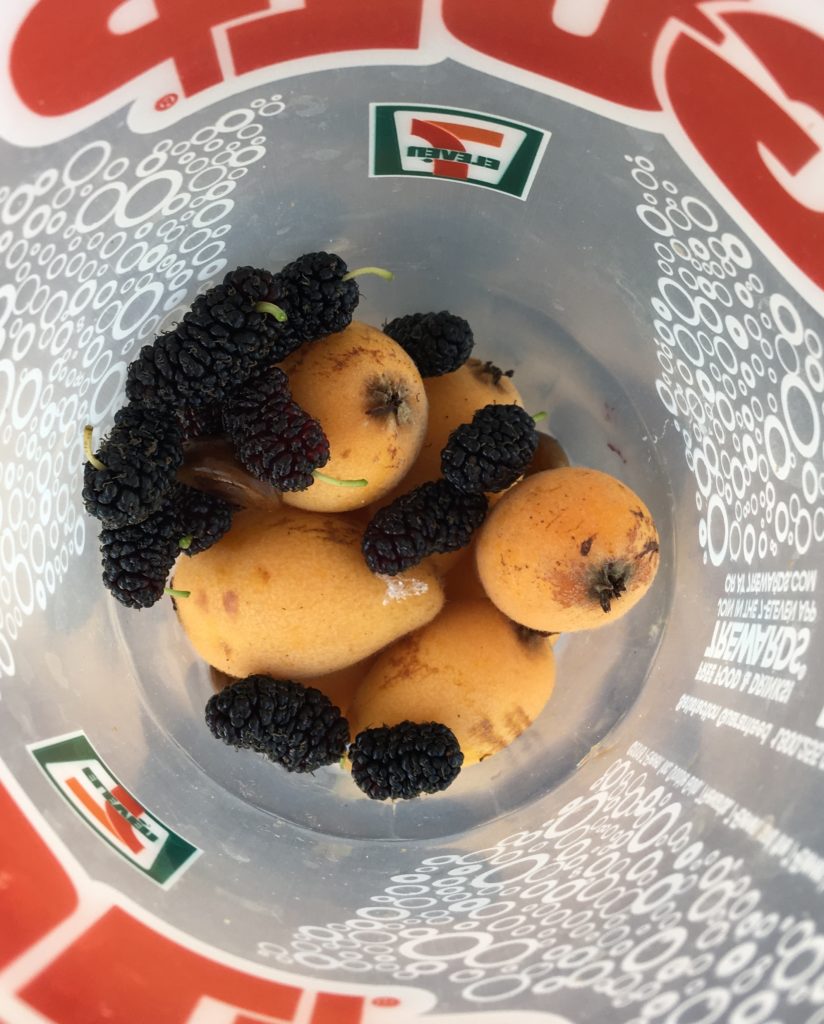I have good news for you, and bad news. The bad news is, there is no “magic bullet”; no one thing that we could change that would “fix” our environmental crises. With environmental issues, as with other problems, many of us would love to believe there is one main culprit, and therefore one main solution. So, in the case of the environment: We’d all be fine if everyone would just stop eating meat and go vegan. If everyone would quit having kids. Quit flying in airplanes, or driving cars, and walk or ride bicycles instead. Eat only local and organic food. Stop throwing away so much trash. Stop buying such big houses; stop buying so many things in general.
We each have our “favorite” categories that we point to as the culprits of environmental problems. And most of us, myself included, rationalize the categories where we ourselves have a lot of room for improvement.
Recently I read an article about the futility of just taking aim at the meat industry. According to this article in Business Insider, “Cows are getting a bad rap and it’s time to set the record straight: Giving up meat won’t save the planet”:
“A UN report … claimed livestock was doing more to harm the climate than all modes of transportation combined. The report was proven incorrect and further studies showed that even if Americans eliminated all animal protein from their diets, they would reduce US greenhouse gas emissions by only 2.6%.
“According to the US Environmental Protection Agency, the largest sources of US GHG emissions in 2016 were electricity production (28% of total emissions), transportation (28%) and industry (22%). All of agriculture accounted for a total of 9%. All of animal agriculture contributes less than half of this amount, representing 3.9% of total US greenhouse gas emissions.”
I’ve seen similar figures from the U.S. Energy Information Administration, indicating that there is no one category that’s overwhelmingly dominant. If anything, evidence shows that the meat category is smaller than the other biggies.
So if the bad news is that there’s no one magic bullet, what’s the good news? The same! The good news is there is no one magic bullet. Which means just pick an area that grabs you, and set out to reduce your footprint. Or set out to reduce your footprint in multiple areas, as you choose. Either way you can’t go wrong.
On reducing meat intake, my personal take is this. Wildlife habitat disruption is a staggeringly huge problem in the world right now. “Urban sprawl is a problem in the areas where it occurs but it’s a drop in the ocean compared to the amount of forest destruction just to produce livestock for pasture,” according to this article on deforestation.
The habitat-destruction crisis, plus the suffering of the animals raised for meat on factory farms, have motivated me to minimize my intake of industrially produced meat and fish. In terms of eco-footprint, however, it seems that cutting out meat is not a magic bullet, any more than any of the other “culprits” are.
My best advice: Make reductions in all categories you can. Reduce your electricity use as much as you are able (clothes-dryer, central heat & A/C, and water heater are the biggies). Go car-free or at least car-lite. Give up flying, or, if you have to fly or aren’t willing to give it up, buy carbon offsets for your trip. Reduce your consumer purchases by adhering to the habit of “use it up, wear it out, make it do or do without.” Quit buying plastic bags and single-use containers. And yes, reduce your meat and dairy intake. These are all things we can do, and they will all make a difference. A lot of us are already doing these things, and the Riot for Austerity framework (which I talk about extensively in my book and on this blog), as well as the “Zero Waste” concept, are great aids to reduction. The Riot for Austerity Facebook group, and Zero Waste Facebook group (both linked in the sidebar) are a gold-mine of real-life tips and moral support.
And also — unapologetic self-promotion here — I wrote my book DEEP GREEN specifically to provide guidance and moral support to people who care about the environment but are uncertain whether they are making enough of a difference. If you haven’t yet read my book, check it out!

